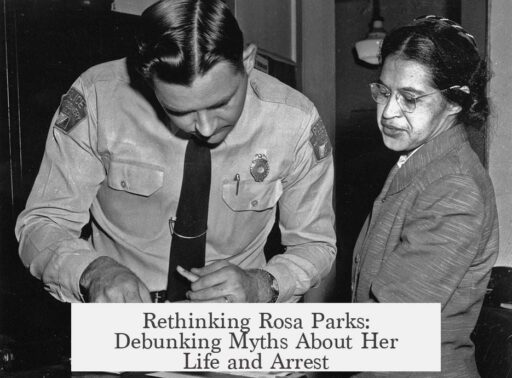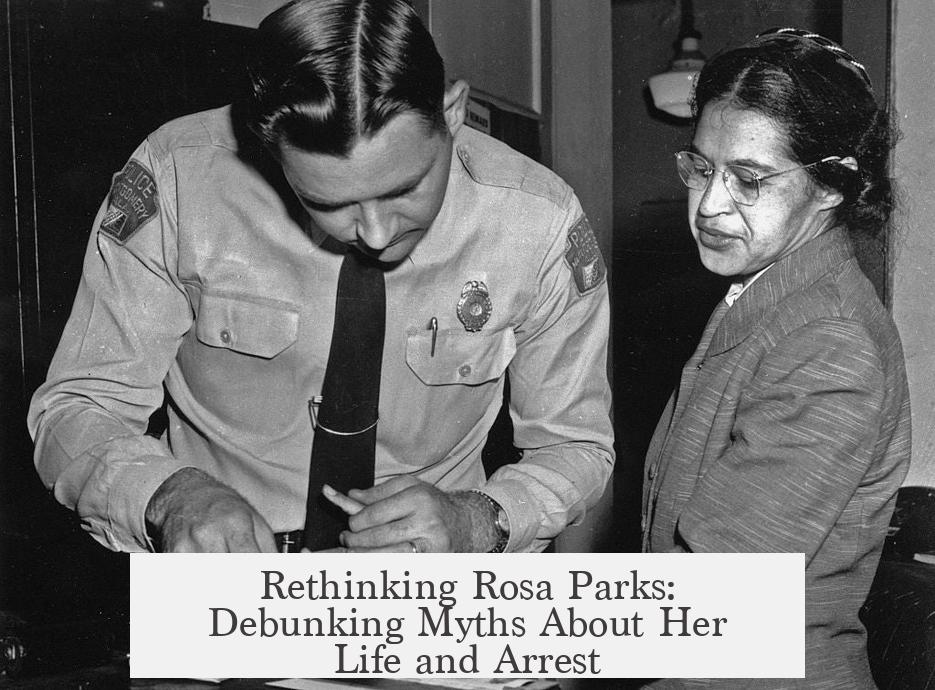Much of the accepted narrative about Rosa Parks’ life and arrest is wrong. Many people think of Parks as a tired, elderly woman whose simple act of defiance sparked the civil rights movement spontaneously. Facts show she was an active civil rights advocate at 42 years old when arrested, not an elderly figure overwhelmed by tiredness. This challenges the common myth often portrayed in popular media.
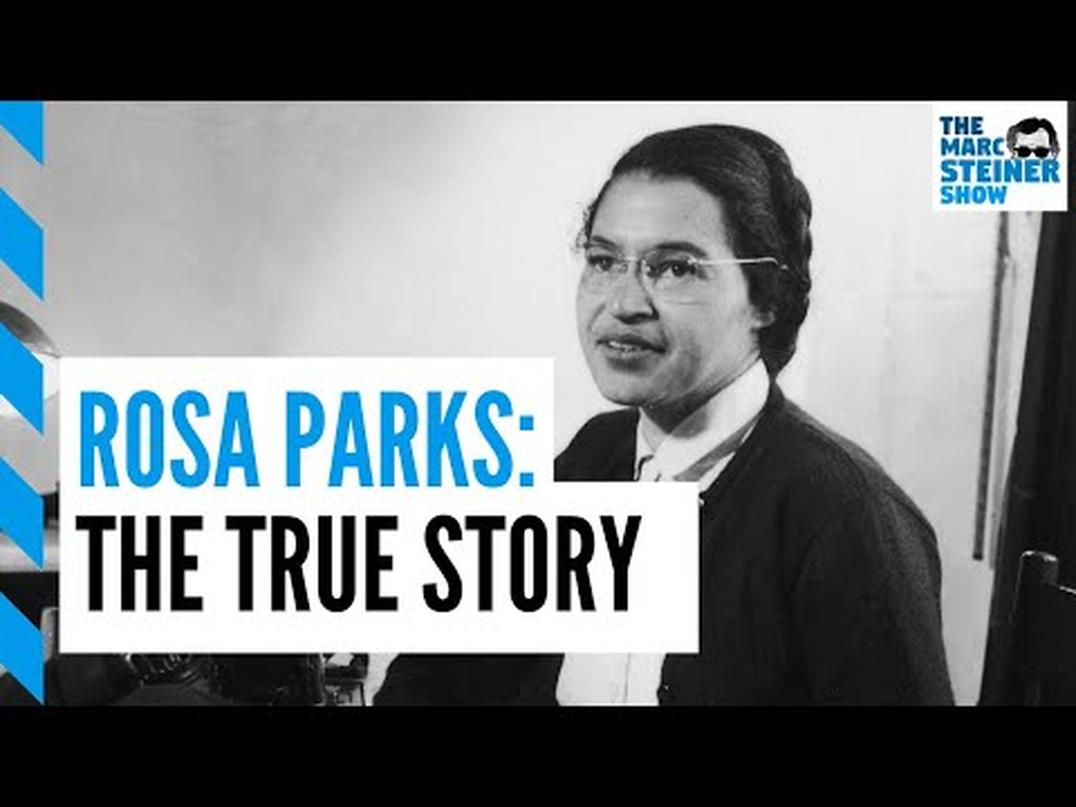
Rosa Parks wasn’t the all-in-one symbol of quiet defiance that many believe. She had a history of activism and strategic involvement in civil rights before her arrest. This contradicts simplified stories portraying her protest as a random act of tiredness or chance. Understanding her prior activism highlights the intentional and courageous nature of her resistance.
Media depictions influence public perception greatly, but some sources are unreliable. For example, the “Drunk History” series, which uses intoxicated comedians to relay historical events, cannot be trusted for accuracy. It highlights how popular portrayals can warp factual history, creating misconceptions about dates, motivations, and events.
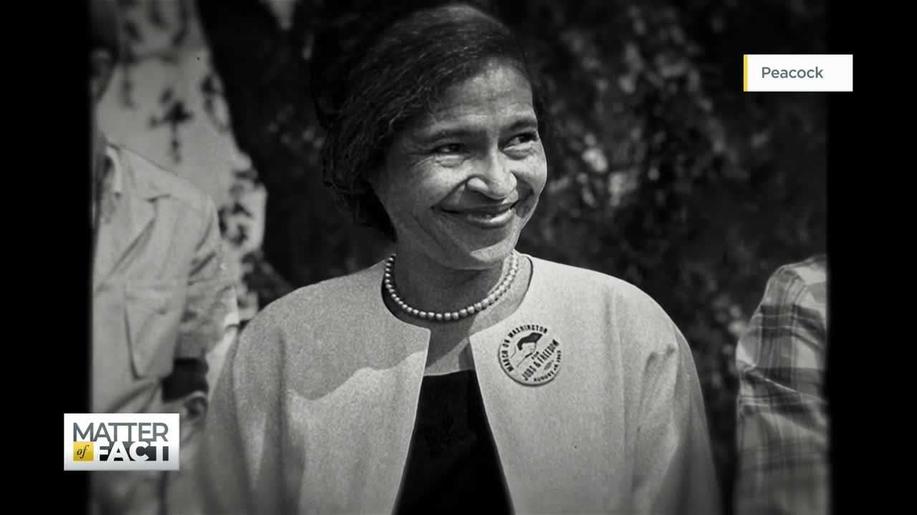
Age perception also distorts history. Rosa Parks was 42 at the time of her arrest, a relatively young adult compared to the misconception of her as an old woman. Fashion and cultural perceptions from the past affect how contemporary audiences view age, leading to misunderstanding about her physical and social context.
The misrepresentations extend beyond Rosa Parks to social narratives in general. For instance, many wrongly recall the McDonald’s hot coffee lawsuit or public reaction to the “War of the Worlds” radio broadcast. This suggests a broader trend where simplified or exaggerated stories overshadow nuanced truth.

- Rosa Parks was a seasoned civil rights activist before her arrest.
- Her age was 42, not elderly or frail as often depicted.
- Popular media like Drunk History may distort historical facts.
- Public narratives commonly simplify complex historic events.
- Cultural perceptions impact our understanding of past figures and events.
Much of the Accepted Narrative About Rosa Parks’ Life and Arrest Is Wrong. Yes, Even That Drunk History Episode.
Rosa Parks was not the timid, tired seamstress we often picture; she was a seasoned activist who boldly refused to surrender her seat at age 42. Much of what people believe about her life and arrest gets twisted by myths, even popular shows like Drunk History don’t quite hit the mark. Let’s unwrap the real story, ditch some misconceptions, and appreciate the woman behind the legend.
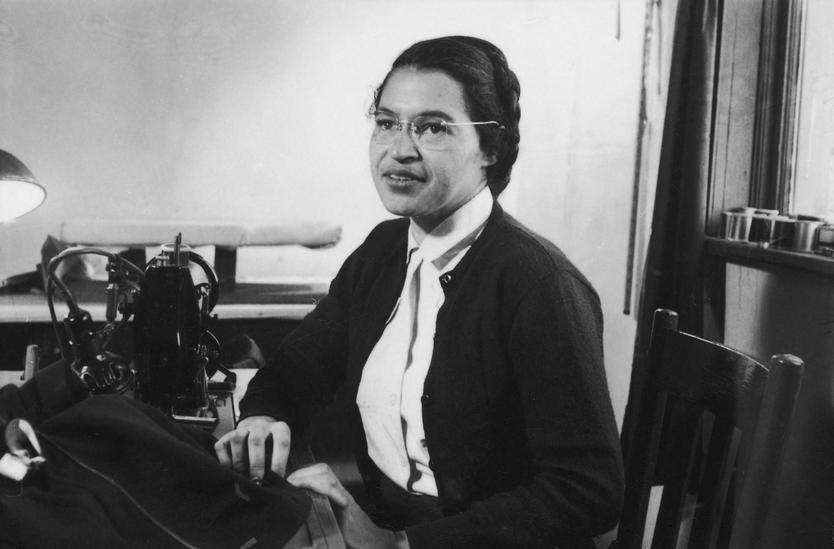
When you think of Rosa Parks, what image pops into your mind? Probably an elderly, frail woman too tired to give up her seat on a Montgomery bus. That’s the story schools teach, movies show, and popular culture repeats. But here’s the truth: Rosa Parks was neither elderly nor physically weak at the time she was arrested. She was 42 years old—far from a “weak old lady.” In fact, her appearance, including the way she dressed, misleads many into underestimating her age. The fashion of the 1950s makes a 40-something-year-old seem much older.
Now, if you think Parks’ singular act of defiance was a spontaneous event, you might want to sit down. She was already a committed civil rights activist prior to that bus seat incident. The commonly accepted story paints her as a quiet woman exhausted from a long day’s work, but Rosa Parks was an active member of the NAACP, deeply engaged in fighting racial injustice. It’s odd that people often overlook her long history of activism but tend to believe that her refusal to give up her seat was some kind of planned stunt.
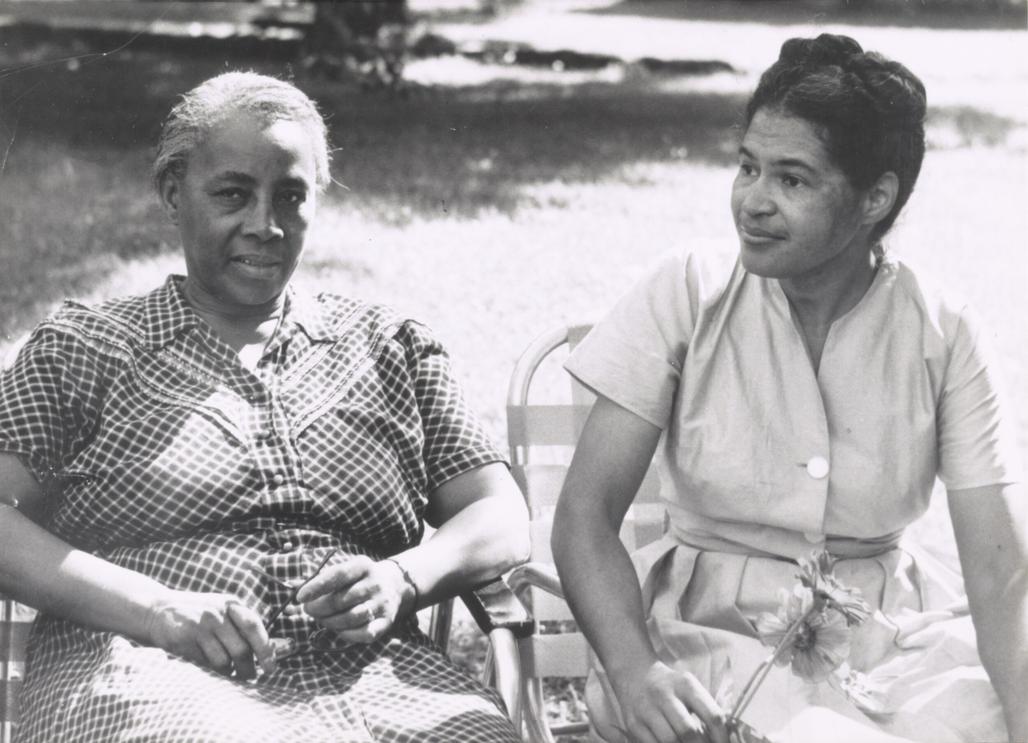
That leads us to a bigger issue—how history has been misrepresented over time. Did you grow up in the South and learn a version of history that later left you puzzled or shocked? You’re not alone. Many historical narratives, including Rosa Parks’ story, have been oversimplified or misconstrued. Just as myths persist around the infamous McDonald’s hot coffee lawsuit or the supposedly nationwide panic caused by the War of the Worlds radio broadcast, the story of Rosa Parks has been distorted to fit neat, digestible narratives.
And here’s a kicker: some popular sources people turn to for historical “edutainment” are… well, less reliable than one might hope. Take the TV series Drunk History, for example. It’s hilarious and engaging, sure, but imagine trying to learn precise, fact-checked history from comedians who are, well, intoxicated as they narrate historical events. It’s almost comedic irony that these gags become thousands of viewers’ “history lessons.” So no, getting your account from tipsy narrators is not an ideal way to grasp an accurate story.
So what *is* the real Rosa Parks story, beyond tidbits and sound bites? She was an experienced activist who had been fighting racial segregation long before she refused to give up her bus seat in 1955. She joined the NAACP in the early 1940s and was secretary to the Montgomery chapter. Parks was the right person at the right time to spark the Montgomery Bus Boycott—a carefully coordinated and powerful movement that brought national attention to racial injustice.
What Does This Mean for Us?
Right now, you might be wondering why this matters—is it just an academic squabble over details? Far from it. Understanding the true depth of Rosa Parks’ activism helps us appreciate the Civil Rights Movement’s complexity without shrinking it into a single “moment of defiance” narrative. It challenges the notion that change happens by chance or in isolation; instead, it shows the power of years of organized work.
Plus, recognizing that Rosa Parks was in her 40s breaks ageist stereotypes often applied to activists or history’s “heroes.” Age doesn’t define courage or capability. (So, no excuses to put your passions on hold!) It also reminds us that people who stand up for justice often prepare and persevere long before their “big moment.”
Then, how should we approach historical storytelling going forward? First, be skeptical of overly simplified tales and “edutainment” that sacrifice accuracy for laughs. Secondly, dive into multiple sources and perspectives. Sometimes the most riveting stories come from digging beneath the surface, rather than settling for the first narrative spoon-fed to us.
Want to Champion Truth Like Rosa Parks?
- Question Popular Narratives: Don’t accept the first story you hear. Keep asking who wrote it and why.
- Seek Primary Sources: Look into archives, biographies written with scholarly rigor, or firsthand accounts.
- Recognize Activism’s Full Picture: Understand that social change is layered and requires persistent effort by many people.
- Break Stereotypes: Remember, courage isn’t age-bound. Neither is impact.
In closing, Rosa Parks reminds us that heroes are more complicated—and more human—than folklore would have us believe. Her quiet strength, seasoned activism, and the courage she mustered weren’t one-off traits but the result of years of commitment. Isn’t it more inspiring to know the full story, the truth behind the myth? After all, getting history right matters far more than digesting a drunken comedian’s version of it.
Next time someone claims that Rosa Parks was just a tired old woman with nothing better to do than sit on the bus, you’ll know better. The truth is richer, bolder, and much more powerful.
